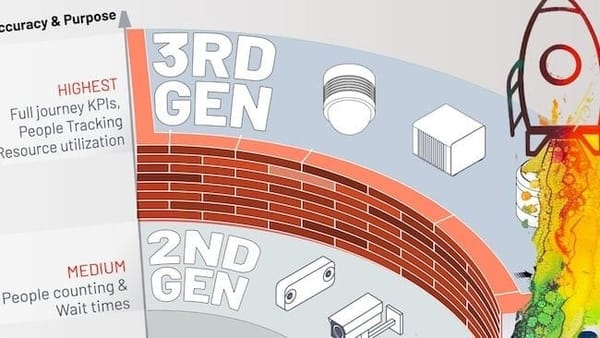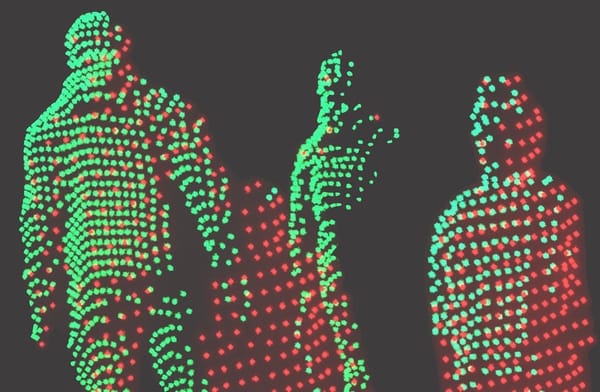
The 5 Misconceptions About LiDAR Technology
LiDAR technology is significantly enhancing various sectors with its valuable insights. Unfortunately, there are several misconceptions surrounding this innovative tool.
LiDAR, which stands for Light Detection and Ranging, is a remote sensing method, and has recently gained much attention as an innovative tool.
Despite its growing popularity, there has also been a spread of misleading information and misconceptions about LiDAR technology.
Let's understand LiDAR technology better and use it to its full potential.
1. The Complexity of LiDAR Technology
There is a belief that this technology can be difficult to understand due to its complexity.
LiDAR measures distance using light. It emits a laser pulse that bounces off an object and returns to the sensor. This process resembles how animals like bats and dolphins use sound to find prey.


2. Still New and Developing
Industries used LiDAR since the 1960s initially for high-resolution short-range detection in situations where radar was not capable. However, there is a common misunderstanding that LiDAR is still developing with no real-world uses.
In the 1970s, experiments started with the idea of measuring the distance to the Earth's surface. During the Apollo 15 mission, the astronauts used it to map the moon's surface. During the 1990s and 2000s, the sensors mapped terrain and created digital elevation models.
In modern times, LiDAR technology has proven useful in multiple industries.
For example, Outsight has deployed solutions in many industries, and deployed challenging projects with hundreds of LiDAR devices on the same premises, all working in real-time.
3. Only Used in Autonomous Vehicles
LiDAR technology is often associated only with self-driving cars.
The benefits of the technology are not solely for automotive but for archaeology, PFM (People Flow Monitoring), ITS (Intelligent Transportation Systems), public safety, and many more.


In fact, applications outside automotive represent the vast majority of the LiDAR market:

4. LiDAR Works like Cameras
While 2D cameras are great for gathering high-resolution colored images, they lack the measuring abilities that LiDAR can provide.

LiDAR emits its own light, which distinguishes it from cameras that require external light to function. As a result, LiDAR can operate effectively in any lighting condition, including direct sunlight and total darkness.

With the camera's facial recognition capabilities, there are concerns about personal privacy and data security.
LiDAR devices don't capture images. Instead, they perceive a three-dimensional representation called a point cloud, which does not contain personal information or identification.


5. LiDAR is Expensive
In the early days of Self-Driving Cars and R&D phases LiDAR used to be very expensive.
Thanks to the significant investment in dozens of different LiDAR manufacturers and the associated fierce competition, the hardware cost is now getting close to that of high-end Camera devices, while the performance has greatly increased.

What's even more important than the cost is that when used for PFM (People Flow Monitoring) and Vehicle traffic measurement, LiDAR devices require fewer units to cover an area compared to cameras.
Conclusion
The limitations of LiDAR technology are a thing of the past, thanks to both recent breakthroughs in software development and advancements in hardware capabilities, which have become more affordable and accessible in recent times.
With these improvements, LiDAR data can now be leveraged in ways that were previously impossible, providing valuable insights and improving efficiency across various industries








